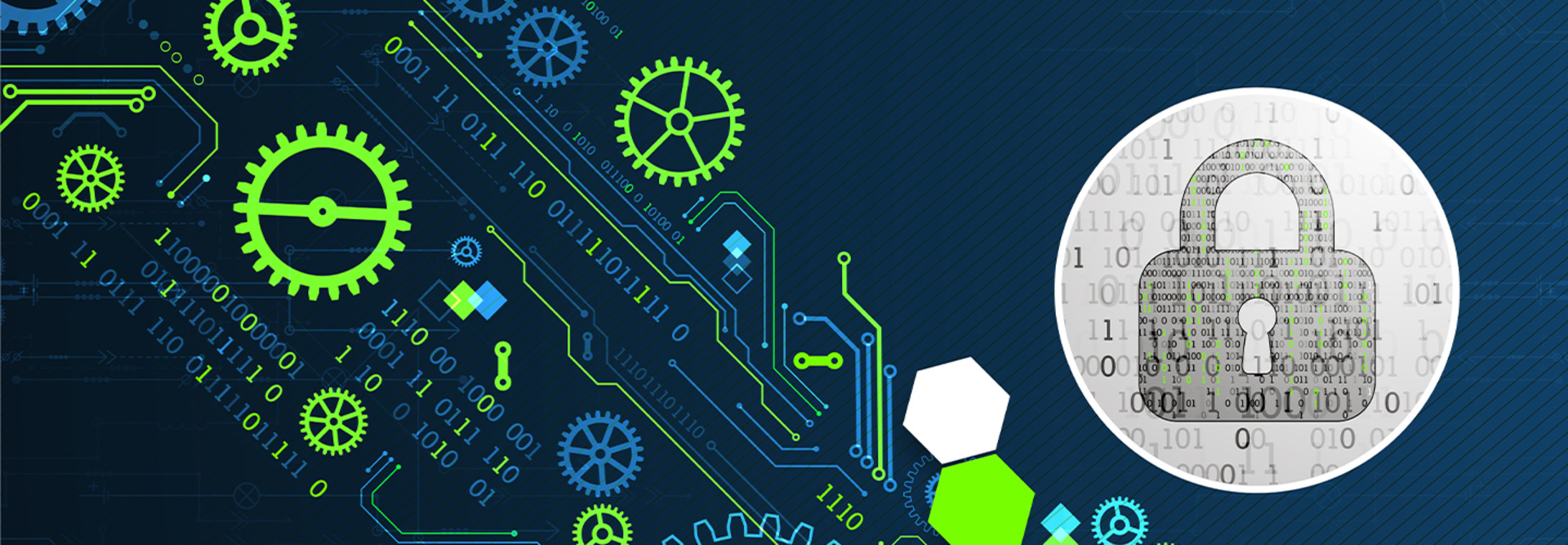Tools That Support Passwordless Authentication
A variety of technologies have emerged to help companies achieve their passwordless objectives. One key example is biometric authentication. According to security vendor Okta, “Biometric authentication is a security process that uses unique biological characteristics like fingerprints, eye patterns, facial recognition, and voice analysis to confirm and verify a person’s identity before granting them access to a physical space or digital system.”
Biometric solutions can provide a higher level of security because the unique identifiers they rely on are difficult to replicate or hack. They also are generally faster and more convenient for users than many other authorization techniques, which improves the user experience. This also makes it simpler for a company to implement continuous authentication, where identity is verified at regular intervals while users are logged in to a system, improving security.
Push notifications are another tool for passwordless authentication. Solutions such as Microsoft Authenticator can send a push notification to a user’s registered mobile device. The notification includes details about the authentication attempt and enables the user to approve or deny it.
RELATED: Overcome the most common integration challenges of IAM.
Passwordless authentication can also be enabled by the Web Authentication API (also known as WebAuthn). This application programming interface, which was created by the FIDO Alliance and World Wide Web Consortium, enables an organization to authenticate users via public key cryptography instead of passwords. By creating a private-public key pair, the API allows a server to deploy strong authenticators built into devices to verify the identity of authorized users.
Several other tools can also help organizations establish passwordless authentication, including smart cards, QR codes and mobile one-time passcode generators such as Google Authenticator. Experts suggest organizations should start looking now at how they may deploy solutions such as these to finally rid themselves of the headaches that passwords have created for decades.
“Ultimately, the time for passwordless authentication is here, and organizations should start moving toward it,” CDW’s Salzberg writes. “We still face some challenges to getting rid of passwords altogether, and we need to ensure we are using the most secure multifactor authentication options for our most critical systems.”
Editor's note: This article was originally published in August 2024.












